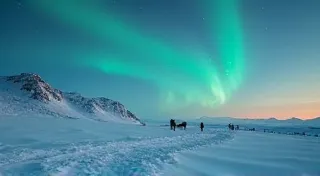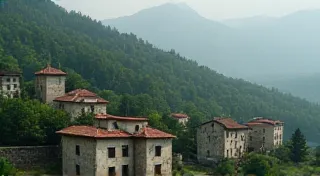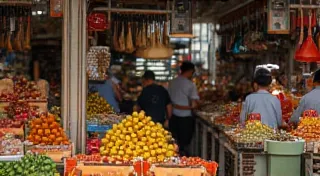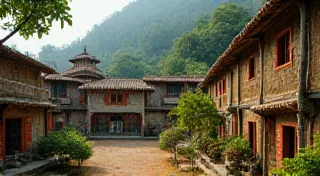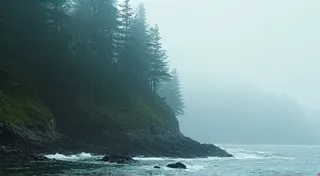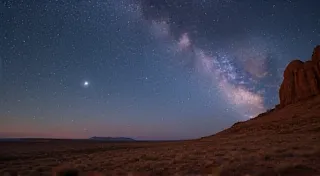The Oral Traditions of the Maasai People: Stories of Warriors and Cattle
The Maasai people, renowned for their distinctive culture and warrior traditions, inhabit regions of Kenya and Tanzania in East Africa. Their rich cultural heritage is largely preserved and transmitted through vibrant oral traditions, a testament to their ingenuity and resilience. This article delves into the captivating storytelling traditions of the Maasai, exploring their myths, legends, and the central role cattle play in shaping their narratives.
A Legacy Passed Down Through Generations
Maasai storytelling isn't merely entertainment; it's the primary method of education, historical record-keeping, and cultural transmission. Stories are typically shared during evenings around the enkang’a (traditional Maasai hut), often accompanied by singing and dancing. Elders, known as laigwanani, are the keepers of these stories, responsible for accurately recounting them and passing them onto the next generation. The act of storytelling itself is a sacred duty, imbued with respect and responsibility. Across the globe, other cultures rely on oral traditions to pass down vital information; consider, for instance, the intricate storytelling practices of the Sami people, whose tales of the Arctic Circle provide a unique window into a challenging environment and its inhabitants.
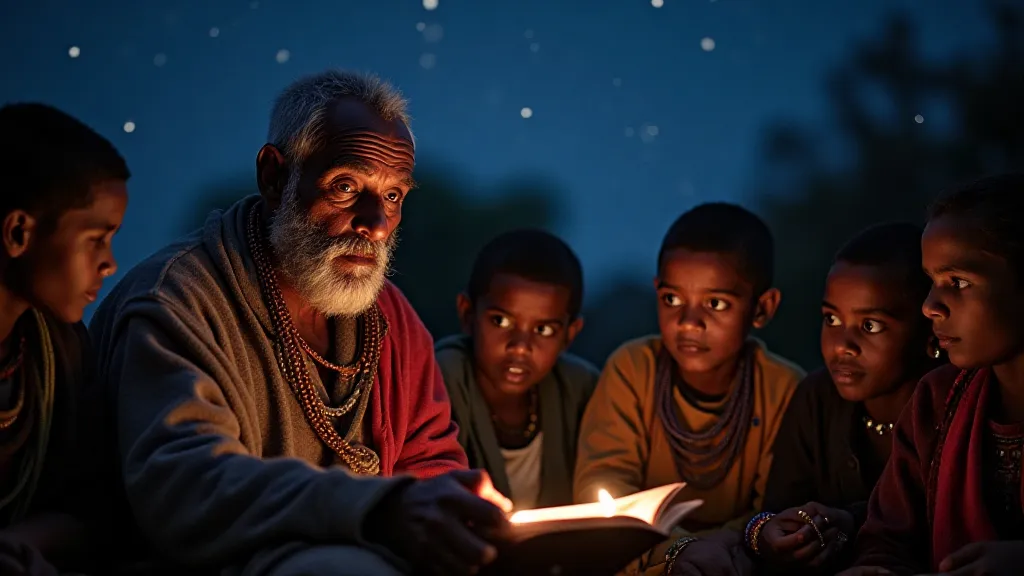
Themes of Bravery, Lineage, and Cattle
Maasai stories frequently revolve around themes of bravery, lineage, and the profound importance of cattle. Tales of heroic warriors defending their community from rival tribes are common, celebrating courage and skill in battle. Stories about ancestors often serve to reinforce social structures and highlight the importance of respecting one's elders. These stories aren't just historical accounts; they function as moral lessons, teaching young Maasai what it means to be a responsible member of the community. The passing down of these narratives isn't unique to the Maasai, and many other cultures emphasize ancestral stories; many find parallels to the epic poetry and mountain legends woven by the people of the Georgia Caucasians, sharing a similar focus on lineage and heroic tales.
Cattle, or ng’atu, are intrinsically linked to the Maasai identity and worldview. They are not simply livestock; they represent wealth, status, and connection to the divine. Many stories feature cattle as prizes in contests, symbols of prosperity, or even as characters in themselves. A story's worth is sometimes judged by the number of cattle referenced within it, a subtle but powerful indication of its significance. The importance of livestock in cultural narratives echoes in many societies; even the famed Icelandic sagas, which chronicle Viking voyages and Norse gods, demonstrate the symbolic weight attached to animals and possessions within a culture's storytelling traditions.
Key Stories and Figures
While variations exist across different Maasai clans, some stories are widely recognized. The legend of Narok, a mythical figure considered the founder of the Maasai people, is central to their origin story. Tales of Oltari, the creator god, and his interaction with humanity are also commonly recounted. Stories about the challenges faced by the Maasai ancestors and the lessons learned often highlight resilience and adaptability. The structure and purpose of these narratives resonate with the function of West African Griots. These respected individuals act as keepers of history and tradition, using storytelling to convey important lessons and preserve cultural heritage.
The stories also convey important lessons about respecting the environment and maintaining harmony within the community. They remind the Maasai of their responsibilities to the land and to each other, reinforcing the values that have sustained them for centuries. The emphasis on environmental stewardship and community harmony in Maasai stories isn't isolated; many cultures emphasize the interconnectedness of people and their surroundings, a theme vividly explored in the narratives of those living in challenging environments.
The Role of the Storyteller and the Oral Tradition’s Persistence
The laigwanani, the elders who preserve and transmit these stories, hold a position of immense respect and authority within Maasai society. They are not simply reciters of tales; they are cultural custodians, responsible for ensuring the accuracy and integrity of the narratives. Their role parallels that of other cultural messengers throughout history. The skills required to become a skilled storyteller – memory, vocal projection, dramatic flair – are highly valued and cultivated from a young age. The oral tradition thrives because of the dedication and commitment of these individuals, who recognize the importance of passing on the stories to the next generation.
Beyond Narrative: The Significance of Ritual and Performance
Maasai storytelling isn’t simply a verbal exchange; it is often accompanied by music, dance, and ritual. The enkang’a, the traditional hut, serves as a sacred space where stories come alive. Singing and dancing are integral components, enhancing the emotional impact and reinforcing the messages embedded within the narratives. The rhythm of the drums, the graceful movements of the dancers, and the melodic voices of the singers all contribute to a powerful and immersive experience. This holistic approach—weaving together storytelling, music, and dance—is a hallmark of Maasai culture and demonstrates the deep connection between the oral tradition and other forms of artistic expression.
The Enduring Power of Oral Tradition
Despite the increasing influence of modern media and education, the oral traditions of the Maasai people remain vitally important. They serve as a powerful connection to their past, a framework for understanding the present, and a source of inspiration for the future. Efforts to document and preserve these stories are crucial to ensuring that this invaluable cultural heritage continues to thrive for generations to come. The ongoing commitment to preserving oral traditions speaks to the human desire to connect with our roots and transmit our values to future generations; the ongoing preservation efforts within the Maasai community resonate with the importance placed on maintaining cultural identity and heritage in societies around the world.
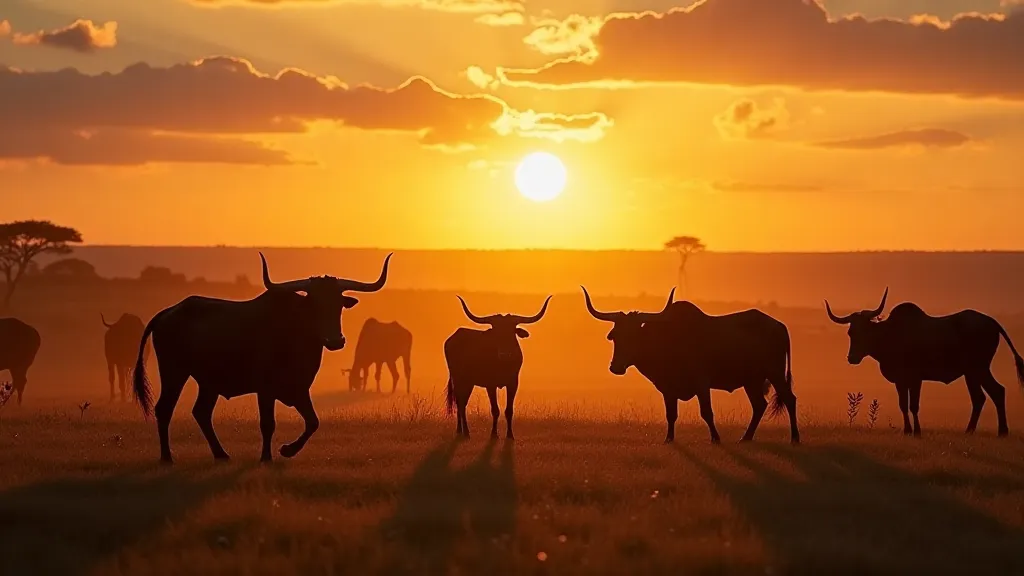
Facing Modern Challenges and the Future of Storytelling
Like many indigenous cultures, the Maasai face the challenges of globalization and modernization. While the influence of Western education and media is undeniable, the Maasai are actively working to ensure the survival of their oral traditions. Community leaders recognize the importance of incorporating storytelling into the formal education system, teaching children the stories of their ancestors alongside conventional subjects. The use of technology – recording stories and sharing them online – is also gaining traction as a way to reach a wider audience and ensure that the narratives are preserved for posterity. Finding a balance between embracing the benefits of modernity and safeguarding the essence of their cultural heritage is a key priority for the Maasai people.
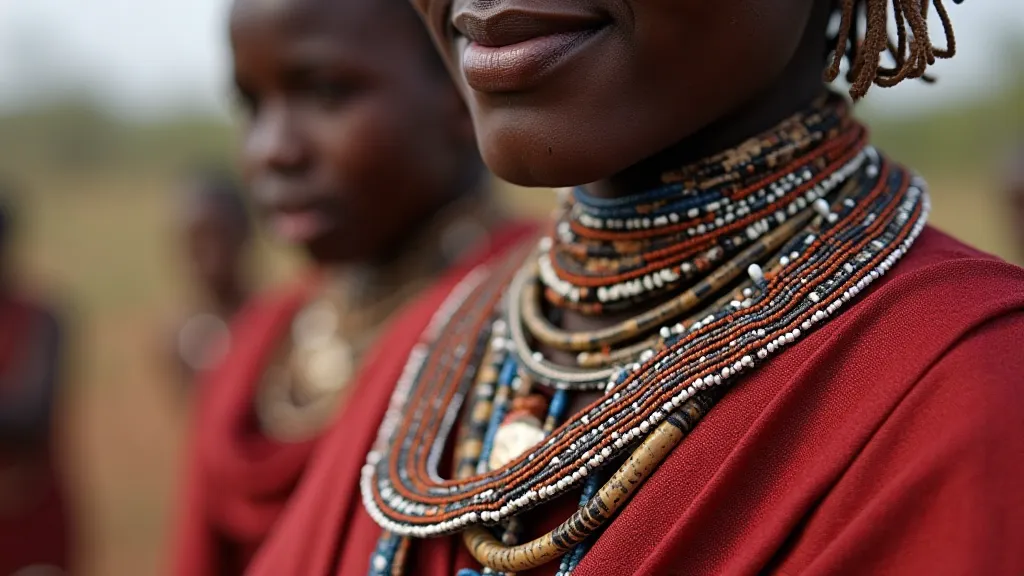
Further Exploration
Learning about the Maasai people is a journey into a fascinating and resilient culture. Researching their social structures, religious beliefs, and traditional practices will enhance your understanding of the importance of oral traditions. Delving into the rich tapestry of global storytelling will also reveal the universality of human experience and the enduring power of narrative to shape our understanding of the world. For those interested in the broader spectrum of cultural preservation and storytelling, exploring the methods and challenges faced by other indigenous groups, such as the Sami, can provide valuable insights and inspire further appreciation for the unique traditions of the Maasai people.
